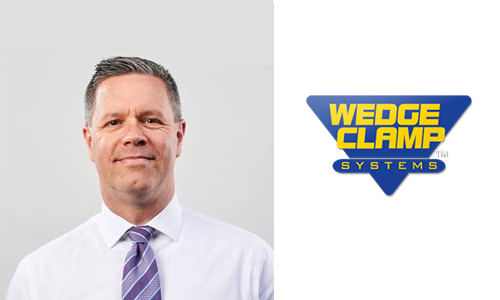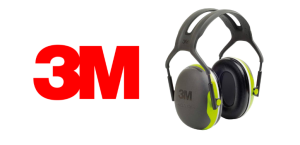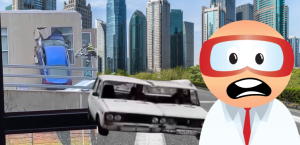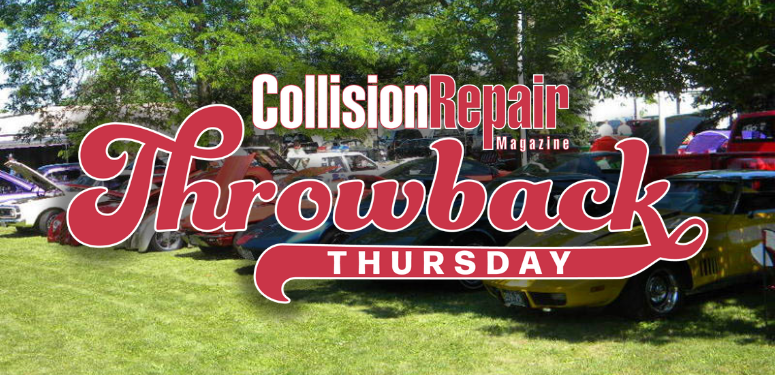Toronto, Ontario — September 13, 2019 — When it comes to the collision business, few people can speak with as much authority as Mark Greenberg. Now serving as the vice president of Wedge Clamp Systems, a subsidiary of the Craftsman Group, the former auto repair technician-turned senior executive has been involved in the industry for more than 35 years. Having taken over from his predecessor, Rodica Matei back in January, Greenberg spoke with Collision Repair to discuss his work with Wedge Clamp, and his thoughts on the future of the collision industry.
Collision Repair: You took up your new role in mid-January. What have you and your team been working on over the past few months?
Mark Greenberg: I think the biggest project we’ve been working on has been building brand recognition — particularly in the U.S., as Wedge Clamp is already very well known in Canada. We are still far from where we want to be, but it is what we are focusing on. Additionally, we have really focussed on increasing training and technical support for all of our products as well as customer support.
CRM: What have you been pursuing to make that happen?
MG: Wedge Clamp has been working on building its U.S. distribution infrastructure and developing relationships with repair certification and collision groups–including Assured Performance Network in the US and Certified Collision Care in Canada.
Our anchoring products and Eclipse 3D Electronic measuring system meet the core requirements of Assured performance networks in the United States and Certified Collision Care in Canada.
Wedge Clamp has also been involved in a lot more industry trade shows that have given us exposure to distributors throughout North America. We are trying to be in the right places and again, expose the brand to as many distribution channels and customers as possible.
As one of our biggest focuses is also training and technical support for our products, we do not want to just hand you the equipment – it must always be supported with training and technical support when needed. Whether it’s live training, online training, or remote through computer training, we offer support for all of our products. We even have the ability to wirelessly remote into the Eclipse 3D Electronic measuring system and assist the technician while they are completing repairs.
CRM: It sounds like you are preparing for a collision repair industry that is bound to OEM procedures. Is that fair?
MG: All vehicles should be repaired to OEM specifications, period.
As far as what equipment is used, you certainly have to have a four-point anchoring system to repair a car properly. If you’re using chains or anchoring incorrectly, although you may be repairing the damage in one spot, you could be creating damage elsewhere.
I think the current state of the industry says vehicles need to be repaired as per OEM specifications. If the OEMs expect — and I know that they do — that vehicles are repaired with equipment that meets particular capabilities, such as four-point anchoring and electronic three-dimensional measuring, then that’s what has to be done.
It’s different from the luxury brands where the brands will name certain usable brands of equipment. The other companies, such as Nissan or Ford, are naming specifications of the equipment. As long as the equipment meets these specs, it falls within their expectations as opposed to naming a brand. We are absolutely dispatching ourselves to fall within those OEM expectations.
CRM: Is there something in particular that Wedge Clamp is doing that helps technicians sort of split the difference between the perceived higher costs of following OEM procedures and what insurers are telling them to do instead?
MG: The reality is that in order to repair a car properly today you have to follow OEM repair procedures and have a four-point anchoring system that you can do multiple pulls with. You have to have an electronic 3D measurement system that can provide before and after repair print-out reports, the ability to do pre- and post-diagnostics and resilient welding capabilities.
There are some core pieces of equipment that a body shop should have to repair their technology. Wedge Clamp has reasonably priced equipment that allows the shop to meet the required tooling expectations. Certainly it’s not in the higher risk department and we can show them, by utilizing our equipment, you’re going to get your return on your investment in addition to 100% repair bay utilization.
The last thing you want is costly equipment sitting in the corner of the shop that you’re not getting return on — you don’t want equipment there simply to a tick a box. You want to have it there so it allows you to repair vehicles to OEM specifications, maximize through-put, be more efficient, and be profitable. This way the customer, insurer, and shop benefit.
CRM: So, where do you see the industry in five years?
MG: I think in five years there will be more complex substrates to repair and more autonomous vehicles are on the road. I also believe that there will be a lot more accidents.
I suspect that because we’re going to have a lot of autonomous vehicles on the road alongside a lot of non-autonomous vehicles, non-autonomous drivers are going to be unsure of how autonomous vehicles will react in certain situations, making things harder to predict on the road. With that mix of vehicles on the road, there are going to be more accidents.





































